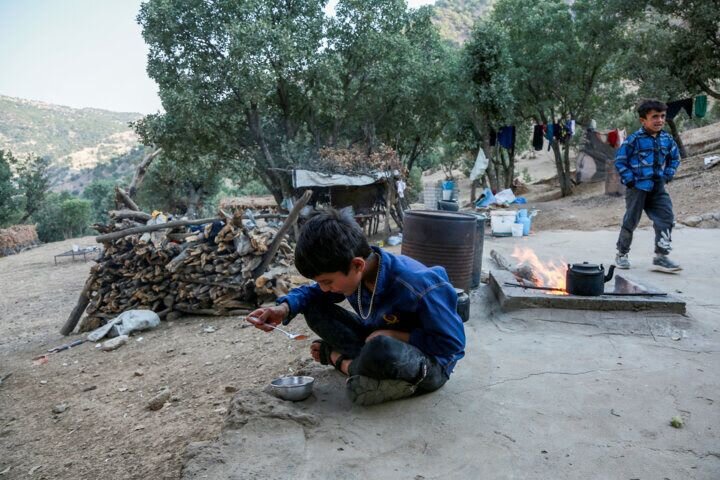More 200,000 out-of-school children identified

TEHRAN – More than 200,000 out-of-school children have been identified in the current academic year, beginning on September 23, 2023, and measures are being taken to help them continue their education, Education Minister Reza-Morad Sahraee has said.
The number of out-of-school children identified in the country reached 900,000 by the end of the last [academic] year, IRNA reported.
School dropouts have always been one of the challenges in the education system of many countries. Each country follows a specific strategy to deal with the problem.
According to Article 30 of the Constitution, the government must provide all citizens with free education up to secondary school and must expand free higher education to the extent required by the country for attaining self-sufficiency.
Therefore, students should be prevented from dropping out of school and careful planning is needed to bring them back to school. Out-of-school children should be organized.
In this regard, the Ministry of Education is trying to implement the law of free education for all citizens by building and developing state-run schools, recruiting as many teachers as possible to educate students in all parts of the country, and finally developing a positive culture to maximize the attendance of students in classrooms.
Despite the efforts, there are still some children who are missing out on education in all parts of the country, including Tehran.
Growth of literacy
The growth of literacy rate, especially among women, and per capita educational space are among the most important achievements of the country after the 1979 Islamic Revolution.
The Islamic Revolution was a cultural revolution based on the slogans of independence, freedom, and rejection of domination by hegemonic powers. The current academic achievements can be observed specifically in public education and the eradication of illiteracy.
The extensive efforts of educational authorities over the past four decades have realized the goal of public education and expansion of educational spaces thanks to which Iran has been placed among the top five countries in the international Olympiads.
Statistics show that before the victory of the Islamic Revolution, the literacy rate of people aged 10 to 49 was 47 percent, which means 53 percent of the people were illiterate.
One year after the Islamic Revolution and due to the importance and necessity of literacy, Imam Khomeini ordered the establishment of the Literacy Movement Organization to eliminate illiteracy in the country.
Promoting cultural independence, and educational justice, were among the most important goals in the formation of the literacy movement.
Now, some 16.5 million students are studying in schools across the country to play key roles in the country in the not-too-distant future.
The literacy rate of people aged 10-49 has reached 98 percent and the educational coverage of primary school students has reached 99 percent.
In the last 45 years, the growth of literacy was about 18 percent in the world, while in the same period, this figure was 50 percent in Iran. In other words, the literacy growth rate in Iran has been 2.5 times the world average.
Also, the results of the census conducted between 1976 and 2016 show that the gender gap in literacy rate decreased from 23.4 percent in 1976 to about 6 percent in 2016.
Also, based on censuses, the gap between literacy in urban and rural areas decreased from 34.9 percent in 1976 to 11 percent in 2016. The literacy index in deprived areas of the country increased from 65.4 percent to 90.8 percent.
MT/MG
Leave a Comment